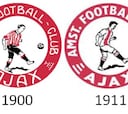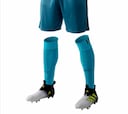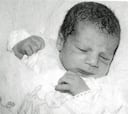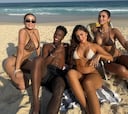The evolution of the World Cup ball since 1930
From the heavy version in 1930 to the most recent 'Telstar 18' which is being used in Russia, we have a look back at how the game's most important element has changed.
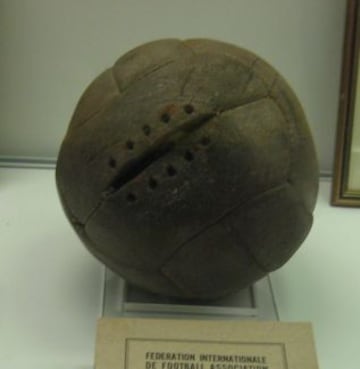
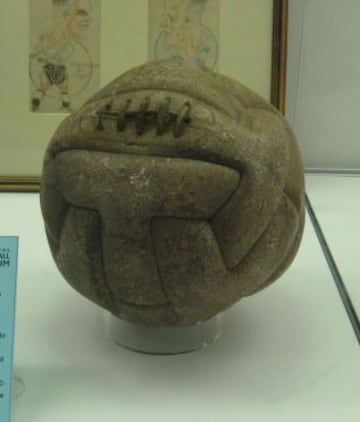
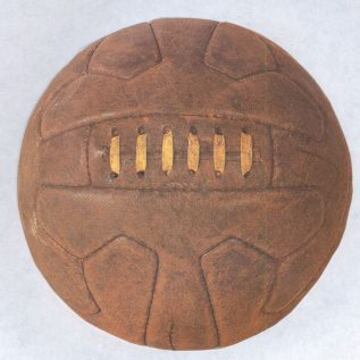
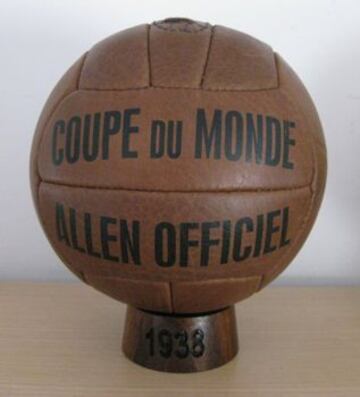
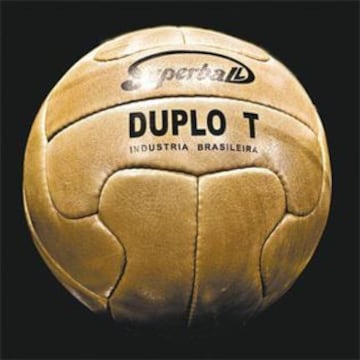
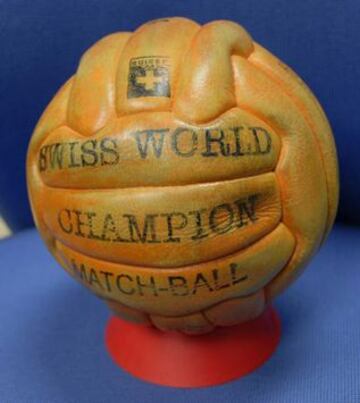
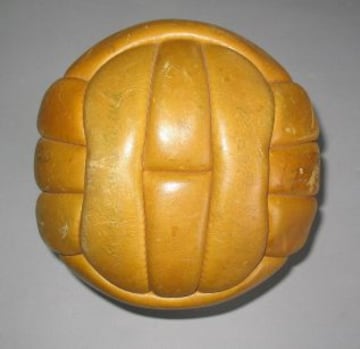
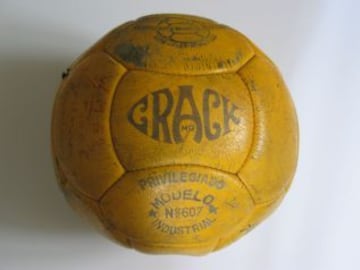
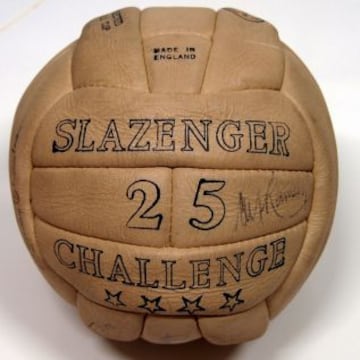
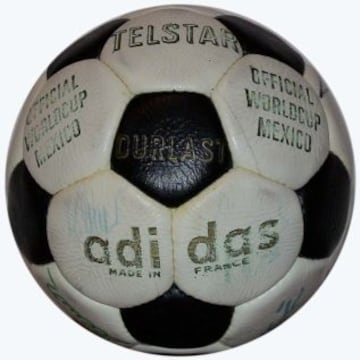
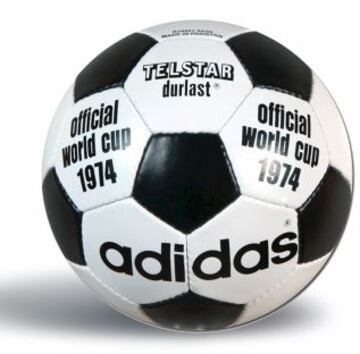

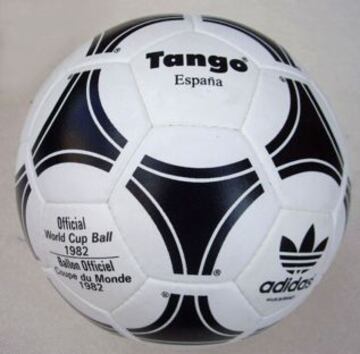
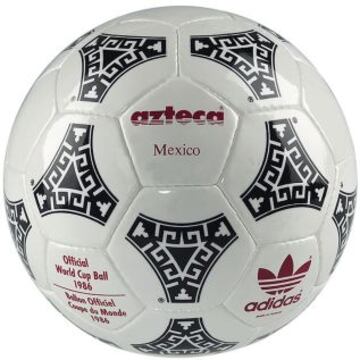
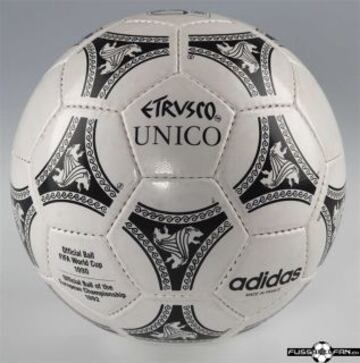
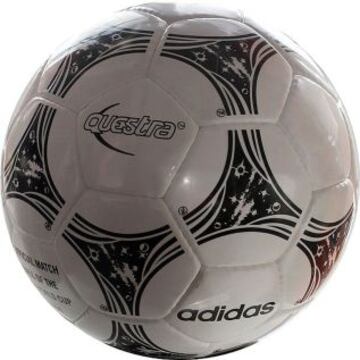
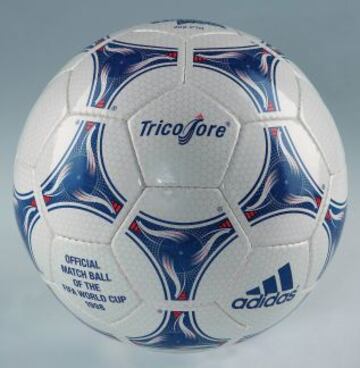
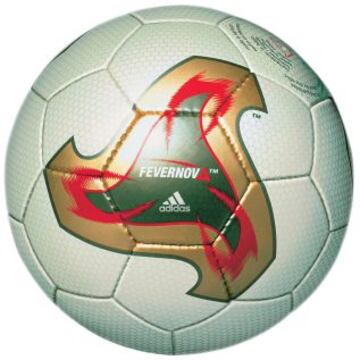
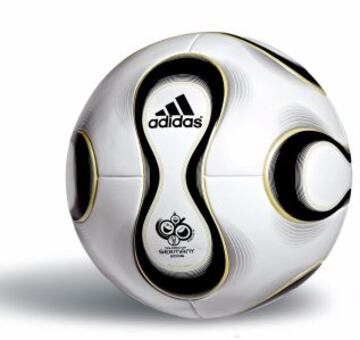
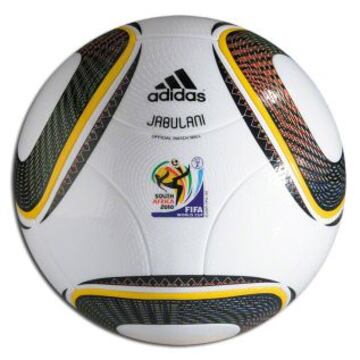
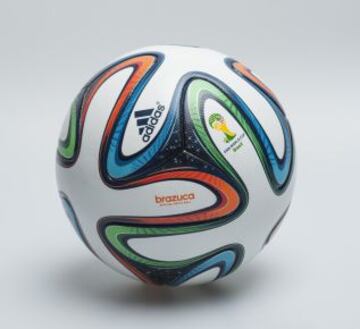

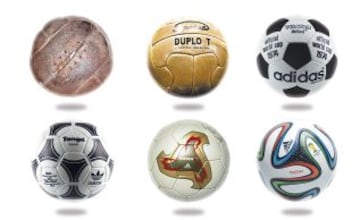

Stunning outfits catch the eye on SI red carpet
Leather ball with interior bladder for the 1930 Uruguay World Cup, used in the first half of the Uruguay-Argentina final.
Leather ball with interior bladder for the 1930 Uruguay World Cup, used in the first half of the Uruguay-Argentina final.
Switzerland 1954. Modelo 'Swiss World Champion' with external segments forming a "T".
Mexico 1970. Adidas Telstar, a first for Adidas with pentagonal and hexagonal sections.
Adidas Telstar Durlast. Germany 1974, white hexagons mixed with black pentagons.
Spain 1982. Adidas Tango España, the first fully waterproof ball in World Cup history.
South Africa 2010. Adidas Jabulani, which allowed for more movement in the air and proved difficult for goalkeepers.
Brazil 2014. Adidas 'Brazuca', with a new shape and texture to the panels.. The name, chosen by popular vote, means "Brazilian" in the local dialect.
Russia 2018. El Telstar 18 was inspired by Adidas' first contribution from Mexico 1970, one that changed football design forever.
Foto: MLADEN ANTONOV / AFP

